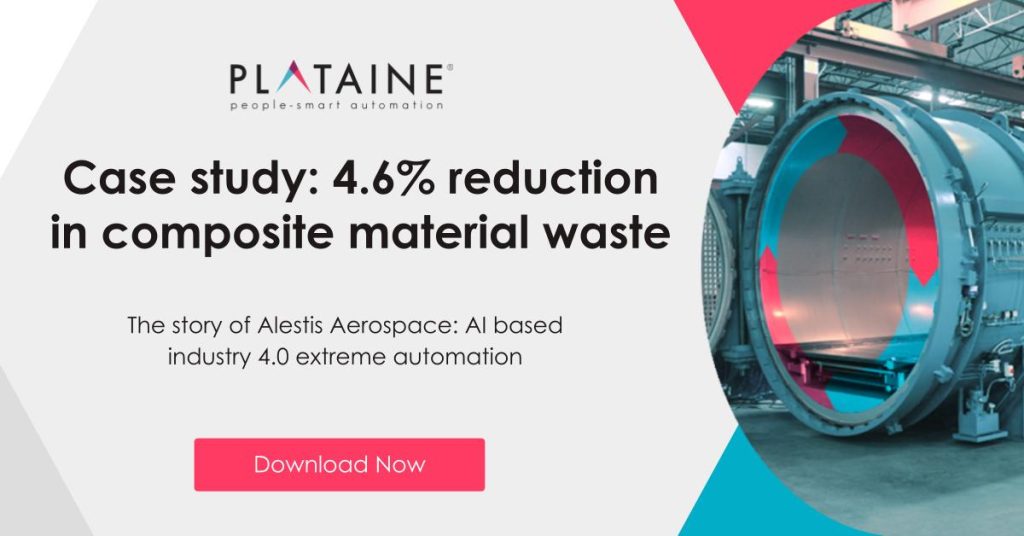Glossary
What is Predictive Maintenance?
Predictive maintenance refers to a proactive approach to equipment maintenance that utilizes advanced technologies and data analysis to predict potential failures or malfunctions in machinery. By monitoring the condition of equipment in real-time, predictive maintenance aims to identify signs of deterioration or abnormalities and take necessary actions before a breakdown occurs. This methodology helps organizations optimize maintenance activities, minimize unplanned downtime, and reduce maintenance costs.
Key Benefits to Implementing Predictive Maintenance
Implementing predictive maintenance offers several significant advantages for organizations across various industries. Here are some key benefits:
- Increased Equipment Reliability: Predictive maintenance enables organizations to detect and address potential equipment failures before they happen. By identifying early warning signs, such as abnormal vibrations, temperature fluctuations, or performance variations, maintenance teams can intervene and perform timely repairs or replacements, leading to increased equipment reliability.
- Reduced Downtime: Unplanned downtime can have severe consequences, causing production delays, customer dissatisfaction, and financial losses. Predictive maintenance minimizes unexpected breakdowns by detecting issues in advance and scheduling maintenance activities during planned downtime or low-demand periods. This approach helps avoid costly disruptions to operations and enhances overall productivity.
- Optimized Maintenance Planning: Traditional maintenance practices often follow fixed schedules or reactive approaches, leading to unnecessary maintenance tasks or delayed repairs. Predictive maintenance, on the other hand, optimizes maintenance planning by focusing on actual equipment conditions. By analyzing real-time data collected from sensors and other monitoring devices, organizations can prioritize maintenance activities based on the actual needs of each asset, leading to more efficient resource allocation and cost savings.
- Extended Equipment Lifespan: Regular and timely maintenance can significantly extend the lifespan of machinery and other assets. Predictive maintenance allows organizations to identify and address potential issues early on, preventing them from developing into more severe problems that could result in permanent damage or complete equipment failure. By maximizing equipment lifespan, organizations can reduce capital expenses and achieve a higher return on investment.
- Cost Savings: Predictive maintenance helps organizations reduce maintenance costs by eliminating unnecessary tasks and optimizing resource allocation. By adopting a proactive maintenance approach, organizations can minimize the need for emergency repairs or last-minute component replacements, which are often more expensive than planned maintenance activities. Additionally, by preventing unplanned downtime, organizations can avoid the associated costs of lost production, idle labor, and rushed deliveries.
How Does Predictive Maintenance Work
Predictive maintenance relies on various technologies and techniques to monitor, analyze, and predict equipment condition. The following components are typically involved in a predictive maintenance system:
- Sensors and Data Acquisition: Sensors are deployed on equipment to collect real-time data regarding parameters such as temperature, vibration, pressure, or fluid levels. These sensors continuously monitor the equipment and transmit data to a central system.
- Data Analysis and Machine Learning: Advanced algorithms and machine learning techniques are employed to analyze the data collected from sensors. By comparing the real-time data with historical patterns and known failure modes, the system can detect anomalies or deviations from normal behavior, which may indicate potential issues.
- Predictive Models and Algorithms: Predictive models are developed based on historical data and machine learning algorithms. These models can predict equipment failures or maintenance needs by extrapolating patterns and correlations from the collected data.
- Maintenance Planning and Alerts: Once potential issues are detected, the system generates alerts or notifications to maintenance teams. These alerts include information about the nature of the problem, recommended actions, and the urgency of the maintenance task. Maintenance teams can then plan and schedule the necessary repairs or inspections accordingly.
- Ongoing Monitoring and Feedback Loop: Predictive maintenance is an iterative process that involves continuous monitoring and feedback. As the system collects more data and learns from new patterns, it refines its predictive models and algorithms, enhancing the accuracy of future predictions. This ongoing monitoring and feedback loop ensure that the predictive maintenance program remains effective and up-to-date.
Implementing a Predictive Maintenance Program: Key Steps
Implementing a successful predictive maintenance program requires careful planning and execution. Here are a few key steps involved in implementing such a program:
- Assessing Equipment and Data Availability: Begin by identifying critical equipment that can benefit from predictive maintenance. Evaluate the availability of data sources, such as sensors or existing data systems, that can provide real-time equipment condition data. Assess the quality and accessibility of data to ensure its reliability and suitability for analysis.
- Defining Key Performance Indicators (KPIs): Establish relevant KPIs that align with organizational goals and objectives. These KPIs can include metrics such as equipment uptime, mean time between failures, or maintenance costs. Clear KPIs help measure the effectiveness of the predictive maintenance program and track improvements over time.
- Selecting Predictive Maintenance Software and Tools: Choose appropriate predictive maintenance software and tools that align with the organization’s requirements. Consider factors such as data integration capabilities, scalability, ease of use, and compatibility with existing systems. Evaluate different vendors and solutions to find the best fit for your organization.
- Deploying Sensors and Data Collection Infrastructure: Install sensors and data collection infrastructure on selected equipment to gather real-time data. Ensure proper calibration, connectivity, and data transmission protocols. Establish data governance practices to ensure data security, privacy, and compliance with relevant regulations.
- Developing Predictive Models and Algorithms: Leverage data analysis techniques, such as machine learning or statistical modeling, to develop predictive models and algorithms. Train these models using historical data to detect patterns, correlations, and anomalies. Continuously refine the models based on ongoing feedback and new data.
- Integrating with Existing Systems: Integrate the predictive maintenance software and tools with existing enterprise systems, such as ERP or CMMS. Establish data pipelines and connectivity to facilitate seamless data exchange and collaboration between different departments, including maintenance, operations, and management.
By following these key steps, organizations can effectively implement a predictive maintenance program that harnesses the power of data and technology to optimize equipment performance, minimize downtime, and reduce maintenance costs.
Learn more
Proactive Intelligence In Manufacturing






